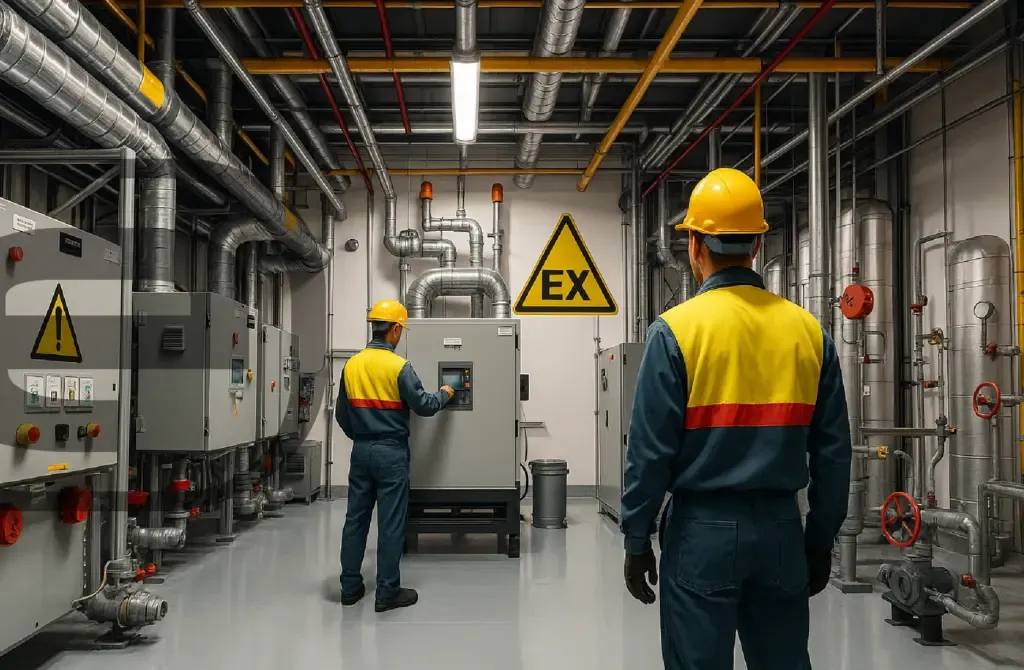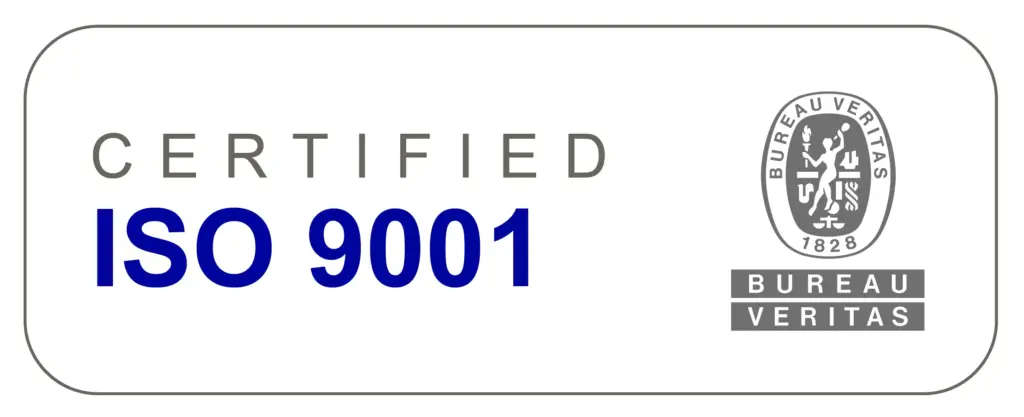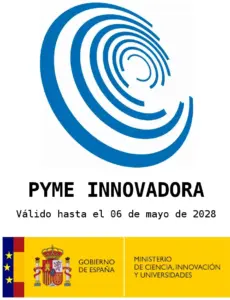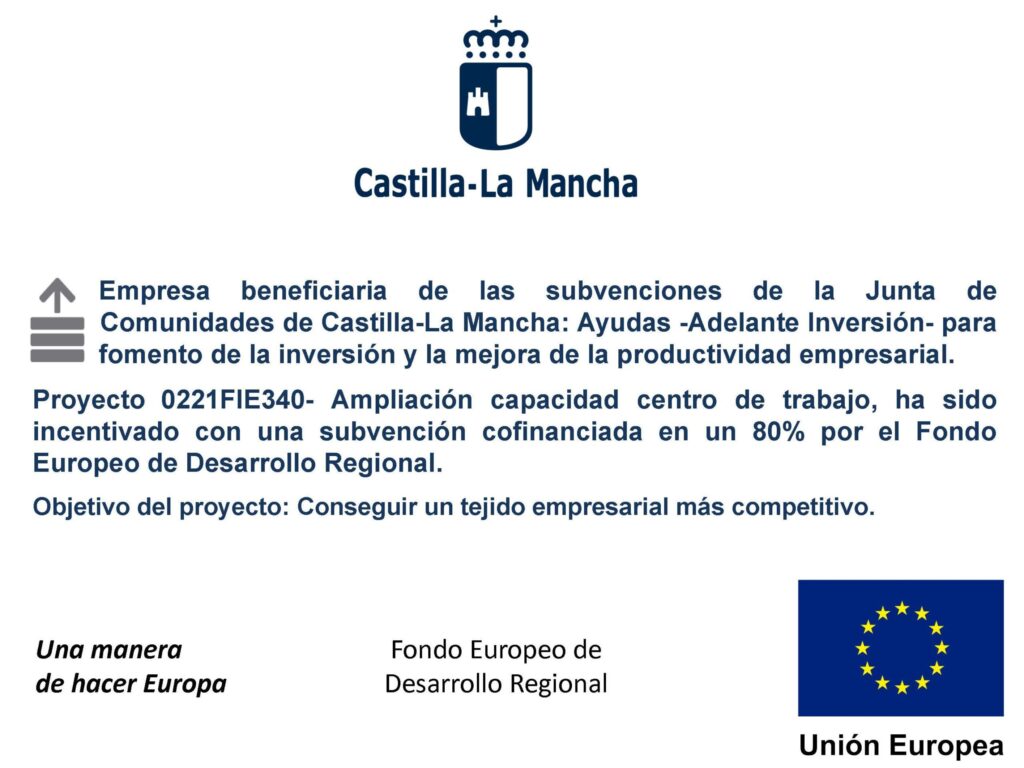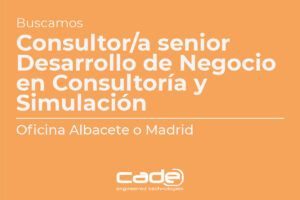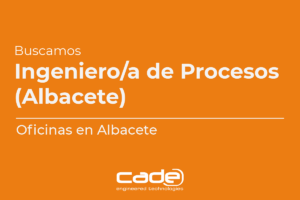The best definition of FFS Assessment is included in the new edition 2021 of ASME API-579–1 // ASME FFS-1:
“Quantitative engineering evaluations that are performed to demonstrate the structural integrity of an in-service component that may contain a flaw or damage, or that may be operating under a specific condition that might cause a failure.”
All editions of API-579-1 // ASME FFS-1
API Fitness For Service or ASME FFS-1 was originally published in January of 2000 (First edition), this standard was redacted and published jointly by the American Petroleum Institute (API) and The American Society of Mechanical Engineers (ASME). This standard includes assessment techniques that help ensure that pressure vessels used in oil & gas, chemical and other process/ power industries could continue working in safe and reliable conditions.
Following Editions have been published since 2000:
- API RP 579 – Edition: January 2000. The publication of the American Petroleum Institute’s Recommended Practice 579, Fitness-For-Service, in January 2000 provided the refining and petrochemical industry with a compendium of consensus methods for reliable assessment of the structural integrity of equipment containing identified flaws or damage. API RP 579 was written to be used in conjunction with the refining and petrochemical industry’s existing codes for pressure vessels, piping and aboveground storage tanks (i.e., API 510, API 570 and API 653).
- API 579-1 / ASME FFS-1 – Edition: June 2007. In June 2007, the API and ASME Fitness-For-Service Joint Committee published the first edition of API 579-1/ASME FFS-1 Fitness-For-Service. The main enhancement in this publication relative to 2000 Edition API 579 was the addition of Part 10 covering the assessment of components operating in the creep range.
- API 579-1 / ASME FFS-1 – Edition: June 2016. The 2016 Edition of API 579-1/ASME FFS-1 included many modifications and technical improvements. Some of the more significant changes are the following: reorganized the standard to facilitate use and updates by renumbering annexes that are directly associated with the relevant part of the document, Expanded equipment design code coverage, added a new annex for establishing an allowable Remaining Strength Factor (𝑅𝑆𝐹), re-wrote weld residual stress solution annex for use in the assessment of crack-like flaws, updated guidance on material toughness predictions for use in the assessment of crack-like flaws, updated evaluation procedures for the assessment of creep damage, added an annex covering metallurgical investigation and evaluation of mechanical properties in a fire damage assessment, and developed new Part 14 covering the assessment of fatigue damage.
- API 579-1 – Edition: December 2021. Numerous changes have been made for the 2021 Edition of API 579-1/ASME FFS-1 to address user feedback and to introduce new technology. A summary of changes in the new revision of API 579-1 / ASME FFS-1 are summarized in following pages.
Summary of changes API-579-1 // ASME FFS-1 edition: December 2021
Following changes have been implemented in the new edition 2021 of ASME API-579–1 // ASME FFS-1:
Part 2: Fitness-For-Service Engineering Assessment Procedure:
- Added provision that permits 𝑀𝐴𝑊𝑃 to be determined using the stress analysis procedures in Annex 2D.
Annex 2C: Thickness, 𝑀𝐴𝑊𝑃, and Stress Equations for an 𝐹𝐹𝑆 Assessment:
- Added Svensson method for burst pressure calculation.
- Removed option to use ASME VIII-2 allowable stress for ASME VIII-1 equipment. This was originally a carryover from API 510 before the allowable stress criteria in ASME VIII-2 changed from a factor of safety of 3.0 to a factor or safety of 2.4.
- Removed requirement for nozzle reinforcement check for small nozzles to be consistent with ASME VIII-1.
- Removed legacy limit load nozzle reinforcement procedure which was previously eliminated in ASME VIII-1.
Annex 2D: Stress Analysis Overview for an 𝐹𝐹𝑆 Assessment.
- Elastic load cases reference ASME VIII-2 for simplicity.
- Removed option to use ASME VIII-2 allowable stress for ASME VIII-1 equipment.
- Modified coefficients for use in elastic-plastic calculation to cover the appropriate design margins with various current and legacy construction codes (including the appropriate design margins for pipelines).
- Added explicit guidance on capping the yield stress used in a limit load analysis to the yield stress at temperature to prevent misapplication of the method when evaluating components fabricated from materials that have a design Code elastic allowable stress equal to 90% of the Minimum Specific Yield Stress (MSYS).
- Limited the allowable remaining strength factor, 𝑅𝑆𝐹𝑎, for buckling assessments to no lower than 0.9.
Annex 2E: Material Properties for Stress Analysis.
- Updated the Ramberg-Osgood stress-strain model for use in a Level 3 evaluation.
- Added guidance for material properties for Level 3 evaluations involving pipeline materials.
- Updated correlations for estimating material Ultimate Tensile Strength (𝑈𝑇𝑆) using hardness testing.
Part 3: Assessment of Existing Equipment for Brittle Fracture.
- Clarified that the use of design codes/standards as an alternative to Part 3 is considered a Level 3 Assessment.
- Corrected errors related to the Minimum Allowable Temperature (𝑀𝐴𝑇) for bolting and nut material specifications.
- Expanded the definition of shock chilling and added the requirement that a Level 3 evaluation is necessary to evaluate conditions where the shock chilling screening is not satisfied.
- Added thickness limits for Level 1 impact test exemption curves to be consistent with ASME VIII-1.
- Clarified that no 𝑃𝑊𝐻𝑇 credit is permitted in a brittle fracture evaluation of a component if previous repairs were completed using alternative weld methods (such as high preheat or temper bead).
- Added supplemental inspection requirements for brittle fracture evaluations performed on component identified to have metal loss that exceeds the original design tolerances.
- Explicitly excluded mill tolerance effects in a brittle fracture assessment.
- Modified impact test exemptions for flanges to address recent changes to ASME VIII-1.
- Added requirement that components not exposed to general primary membrane tensile stress shall be evaluated using the pressure rating basis in a Level 2 Assessment.
Part 4: Assessment of General Metal Loss.
- Moved component type definitions and examples to a table to simplify designations.
- Exempted the cylinder side of 2:1 elliptical head-to-shell junctions as Type C components and structural discontinuities for metal loss assessments (applicable to Part 4, Part 5, and Part 6 Assessments).
- Revised qualifications to utilize Point Thickness Reading (PTR) approach to prevent misapplication of the method and “washing out” of local damage.
- Revised length for thickness averaging at nozzles (Figure 4.13) to ensure method does not permit greater damage at nozzle junctions vs. away from nozzle junctions.
- Revised recommended UT grid spacing for scenarios when “corroded surface is not accessible for visual inspection, 𝐿𝑠 = min[2𝑡𝑟𝑑 , 25 𝑚𝑚 (1 𝑖𝑛𝑐ℎ)].
- Documented the purpose of the minimum measured thickness limit in Level 1 and Level 2 Assessments.
- Included recommendations for validation of inspection results when thickness readings are less than or equal to 2.5 mm (0.100 inches) (also referenced in Part 5 Assessment of Local Wall Loss and Part 6 Assessment of Pitting).
Part 9: Assessment of Crack-Like Flaws.
- Redefined crack-like flaw interaction and recategorization rules to reduce conservatism and for better alignment with ASME Section XI.
- Table 9.2 updated to reflect new Wallin Master Curve fracture toughness correlation for carbon and low alloy steels in Annex 9F.
Annex 9B: Compendium of Stress Intensity Factor Solutions for Crack-like Flaws.
- Expanded K-solutions to cover thick-wall cylinders.
Annex 9C: Compendium of Reference Stress Solutions for Crack-like Flaws.
- Updated solutions for circumferential flaws in cylinders.
- Expanded reference solutions to cover thick-wall cylinders.
Annex 9F: Material Properties for Crack-like Flaws.
- Updated Wallin Master Curve fracture toughness correlation for carbon and low alloy steels.
- Added ductile tearing material property data. The data was included in the 2007 edition of API 579, but mistakenly removed in the 2016 edition.
- Updated guidance on fracture toughness estimates for stainless-steel base metal and welds.
- Incorporated guidance from WRC Bulletin 562 Recommendations for Establishing the Minimum Pressurization Temperature (MPT) for Equipment and the API white paper The Effects of Hydrogen for Establishing a Minimum Pressurization Temperature (MPT) for Heavy Wall Steel Reactor Vessels to address material toughness modifications due to hydrogen and temper embrittlement effects.
- Added guidance for ASME VIII-3 equipment (high pressure).
New Annex 9H: Constraint Effects for Surface Flaws in Carbon and Low-Alloy Steel Components in the Ductile-Brittle Transition Region.
- Established a procedure to adjust material fracture toughness to take advantage of constraint effects for surface flaws in a Level 2 Assessment.
- Technical basis is documented in WRC Bulletin 577 Constraint Effects on Fracture Toughness in Ductile-Brittle Transition.
New Annex 9I: Alternative Estimate of Mode I Stress Intensity Factors.
- Established a procedure to adjust material fracture toughness to take advantage of constraint effects for surface flaws in a Level 2 Assessment.
- Technical basis is documented in WRC Bulletin 577 Constraint Effects on Fracture Toughness in Ductile-Brittle Transition.
New Annex 9J: Determination of the Minimum Allowable Temperature (MAT) using a Fracture Mechanics Approach.
- Established procedure for using fracture mechanics to determine the 𝑀𝐴𝑇.
- Included a simplified brittle fracture screening procedure developed using fracture mechanics.
- Provided guidance on the necessary adjustments for 2.25Cr-1Mo steel in hydrogen service.
Part 10: Assessment of Components Operating in the Creep Range.
- Updated Level 1 screening curves to ensure consistency with results from a Level 2 Assessment and incorporate technology updates (updated material coefficients, etc.).
- Revised Level 1 maximum permissible damage limit to 0.8 in the evaluation of multiple operating conditions.
- Add structural thickness limit to Level 1 and Level 2 Assessments to protect against loss of containment due to the challenges and limitations associated with inspection of furnace tubes.
Annex 10B: Material Data for Creep Analysis.
- Updated existing and added new MPC Omega material coefficients.
- Added WRC Bulletin 541 revision 3 Larson-Miller material coefficients.
- Fixed elevated temperature fatigue curve coefficients.
Part 11: Assessment of Fire Damage.
- Extended the use of hardness testing to cover carbon steel, low chrome, and stainless-steel materials.
Part 12: Assessment of Dents, Gouges, and Dent-Gouge Combinations.
- Updated Level 1 and Level 2 procedures, applicability and limitations, and acceptance criteria to align with The Pipeline Defect Assessment Manual (PDAM).
- Table 12.2 updated to reflect new Wallin Master Curve fracture toughness correlation for carbon and low alloy steels in Annex 9F.
Part 14: Assessment of Fatigue Damage.
- Added closed-form equation for smooth bar fatigue curves and data for new materials.
- Added smooth bar fatigue curves based on fatigue testing in air.
- Added bounds for use of smooth bar fatigue curve equations.
- Updated fatigue screening Method C and Method D.
- Corrected plasticity correction factor, 𝐾𝑒,𝑘.
- Elastic ratcheting procedure re-written using Bree Diagram.
- Updated Level 2 procedure for Method C Fatigue Assessment.
Annex 14B: Material Properties for Fatigue Analysis.
- Added closed-form equation for smooth bar fatigue curves and added data for new materials.
- Added smooth bar fatigue curves based on fatigue testing in air.
- Added bounds for use of smooth bar fatigue curve equations.
CADE's experience in FFS calculations
CADE engineering counts on an extensive experience in the performance of Fitness for Service evaluations (including Level 1, 2 and 3) as well as delivery of integrity consultancy especialized services thanks to the knowledge acquired in more than 1800 projects along 15 years of activity.
Besides that, highly skilled and committed team of engineers, together with a solid business management, makes CADE an independent leading engineering and consultancy company around technology, equipment and plants within Oil & Power industries.
Further information
For any query or request for additional information about our services and technologies, please complete the following form:





